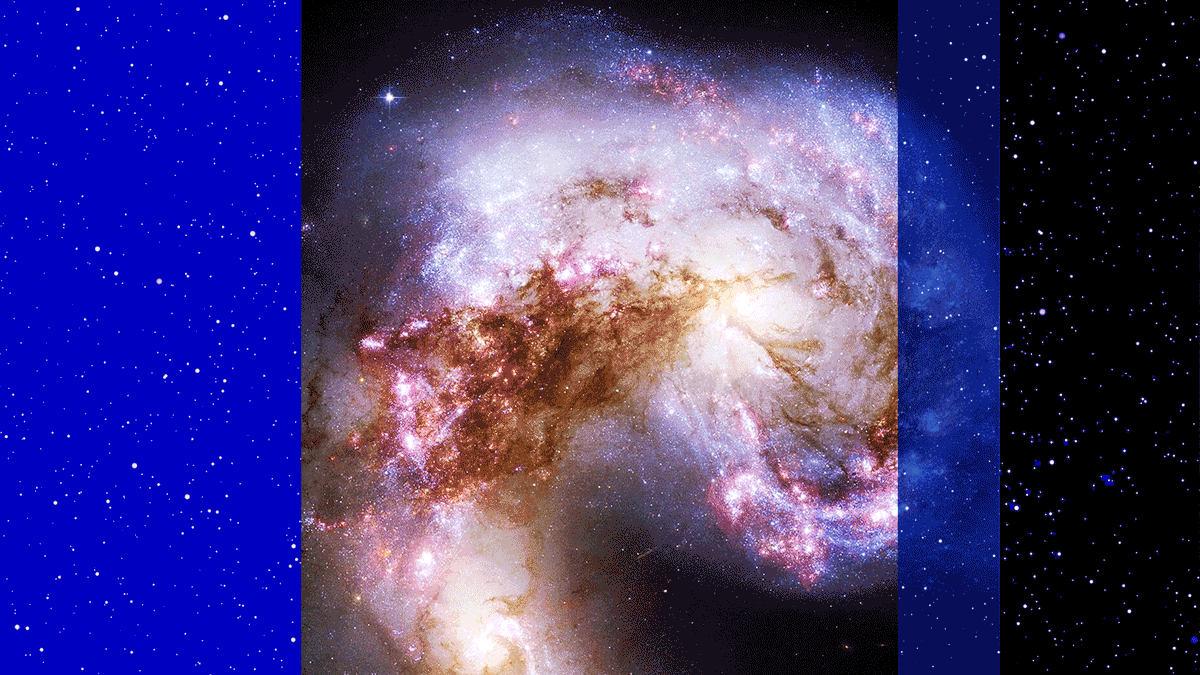Why hasn’t JWST broken the cosmic distance record by more?
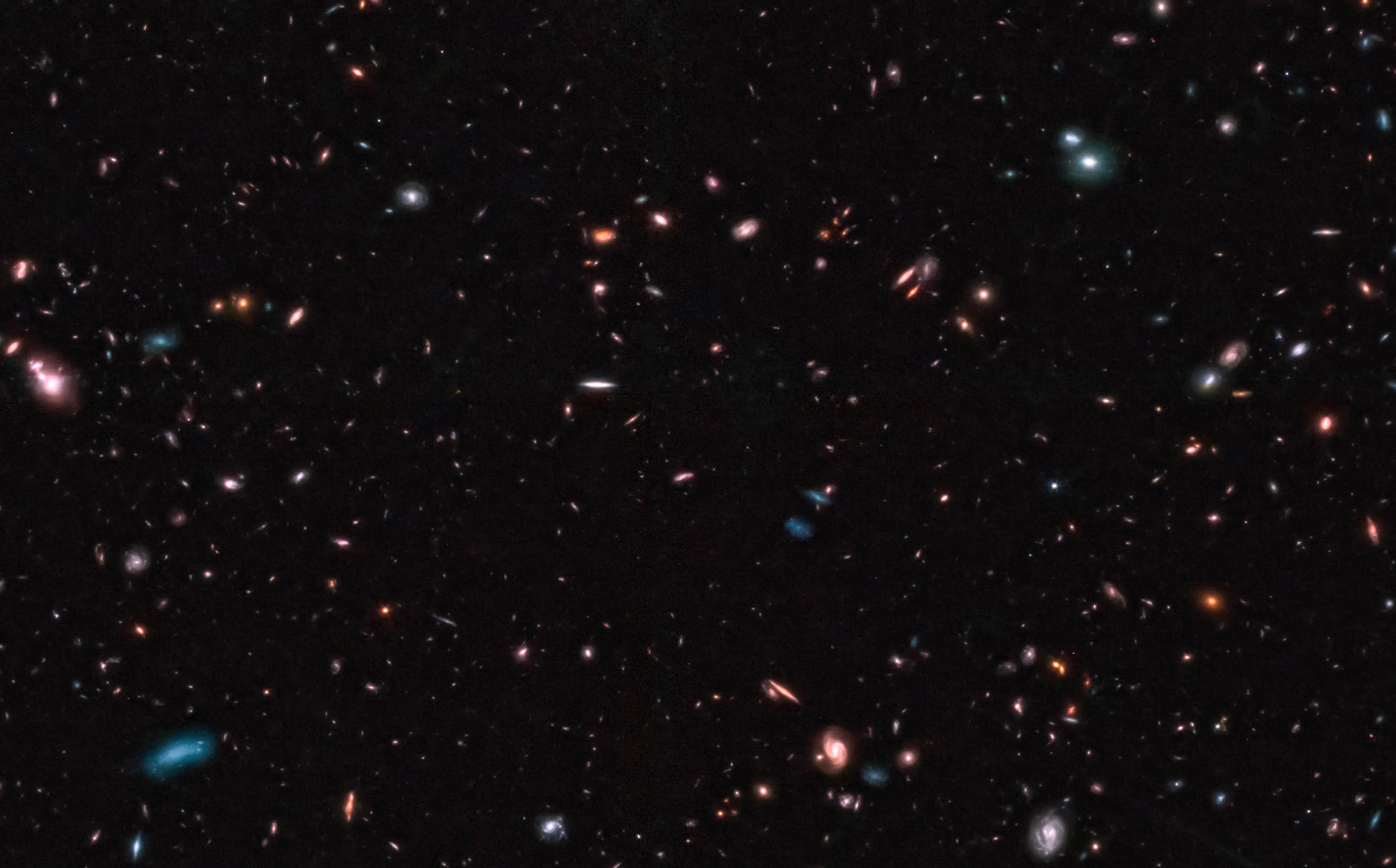
- From the moment JWST opened its eyes on the Universe, dozens of ultra-distant galaxy candidates were revealed, with the promise of shattering Hubble’s old record many times over.
- Although JWST has indeed surpassed Hubble’s old record substantially, many anticipated that the record would have been broken more times and by greater amounts.
- Here’s why it’s such a challenge to break the cosmic distance record, and why so many of the most ultra-distant galaxy candidates have turned out to be closer, less distant interlopers.
Back in mid-2022, there was a dispute over the cosmic distance record. Back in 2016, a galaxy identified from within the Hubble Ultra Deep Field, GN-z11, set a definitive record: it came to us from when the Universe was just 407 million years old, or only ~3% of its present age. But a few years later, some were claiming that a new galaxy, HD1, was even more distant, leading HD1 to make an appearance (temporarily) atop such vaunted lists as Wikipedia’s list of the most distant astronomical objects and even in the Guinness book of world records. No less a source than Harvard University touted it as the most distant object of all-time.
Neither “record-holder” would last for long once the JWST era began, however. As soon as the first deep-field photo was released, nearly 100 candidates emerged for what could be a record-breaking galaxy in that particular field-of-view. In December of 2022, a slew of new galaxies were announced, with the most distant, JADES-GS-z13-0, coming from when the Universe was just 320 million years old: 2.3% of its present age. Then, on May 30, 2024, a new cosmic record-breaker surpassed them all: JADES-GS-z14-0, whose light was emitted when the Universe was only 285 million years old: 2.1% of its current age.
But what about all of the other ultra-distant galaxy candidates? Why hasn’t the cosmic distance record fallen many times over, and why haven’t we found anything even earlier than the galaxies presently known? It’s a deep question with an incredible scientific answer.
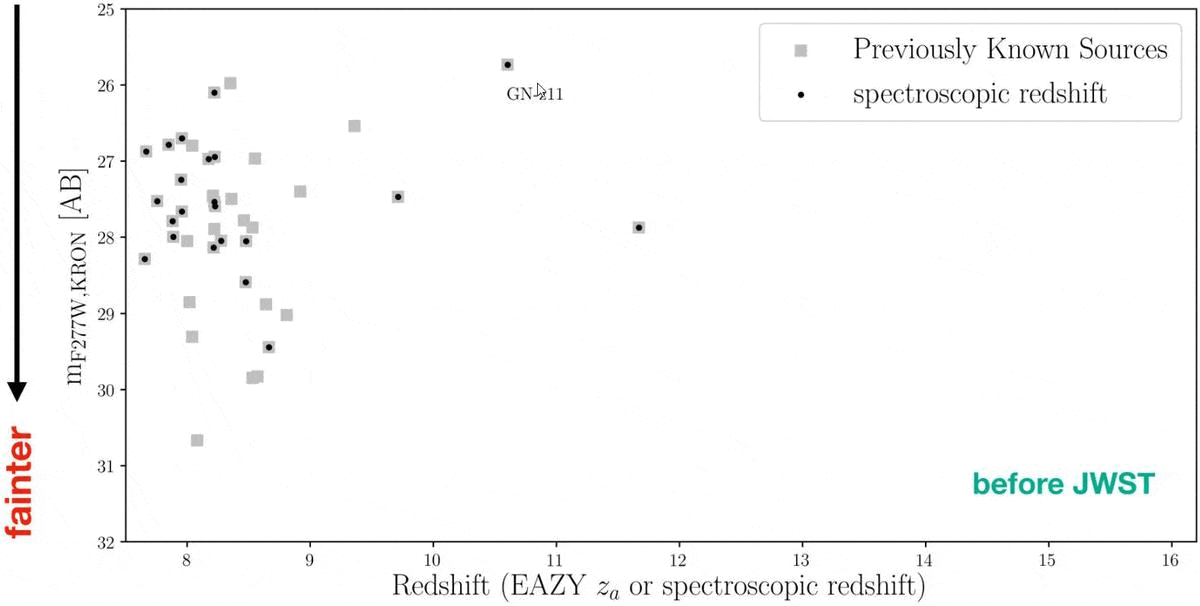
We have to start with the difference between a galaxy candidate and a confirmed galaxy. When you look at an object in the Universe, and this applies to any object at all, you have to consider the trade-off between:
- the amount of time you can devote to any one particular observation,
- and the amount of scientific knowledge you can gain with the observation(s) that you’re conducting.
In astronomy, the goal is to gather sufficiently large amounts of light so that we can identify precisely what an individual object of interest is and what its critical properties are.
That means, first, we need to actually find these objects and “tag” them as interesting, somehow. This normally proceeds through the underappreciated science of photometry. We did it with Hubble, we’re doing it now with JWST, and we’re going to continue to do it with whatever ground-based and space-based telescopes are at our disposal in the future. It’s easy to see that a telescope is a giant “light-bucket,” where we open a massive eye on the Universe and collect all the light that comes in for as long as we observe with it. But we don’t want to collect all the light that spans all the different wavelengths at once; we want to be sensitive to light of different wavelengths and energies.
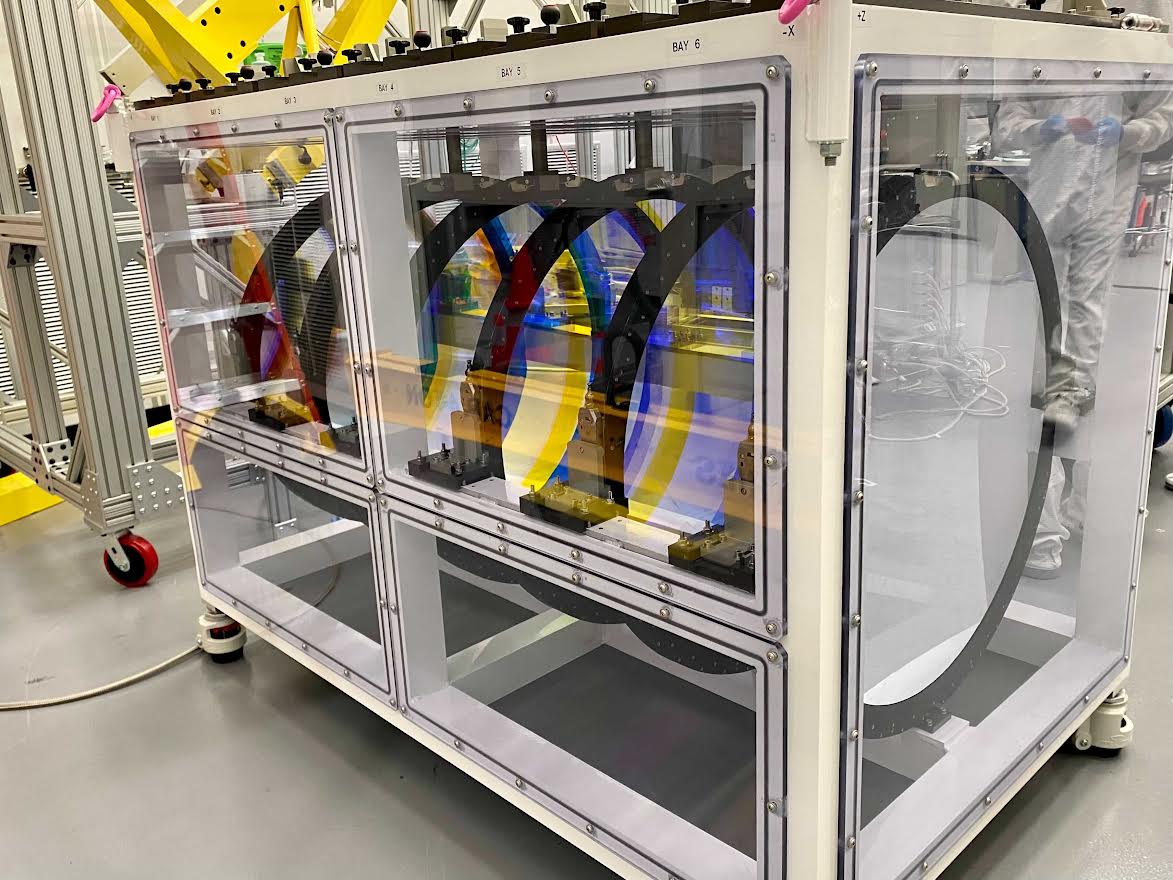
The way we do that is by placing what we call a photometric filter over our instruments. Instead of collecting all of the light emitted by objects within our field-of-view, we collect only the light that falls within a specific wavelength range: each individual filter allows light within a certain range of colors (and wavelengths) to pass through it, where it reaches the instruments, while filtering out all other wavelengths of light.
By then observing the same field-of-view with multiple different photometric filters for a certain long-enough duration of time, we can start to see what this region of space — as well as each object that’s bright enough to appear within that region, given the limits of our observing time — looks like in a certain level of detail.
It’s very similar to the fact that (most) humans have three different types of cone receptors in our retina: primarily receptive to blue, green/yellow, and red wavelengths of light, respectively. When the light source is bright enough to activate our cones (instead of only our rods, which don’t filter light by wavelength), the amount of activity in each cone type determines the signal strength in our optic nerve, which then gets interpreted by our brains as a full-color image.
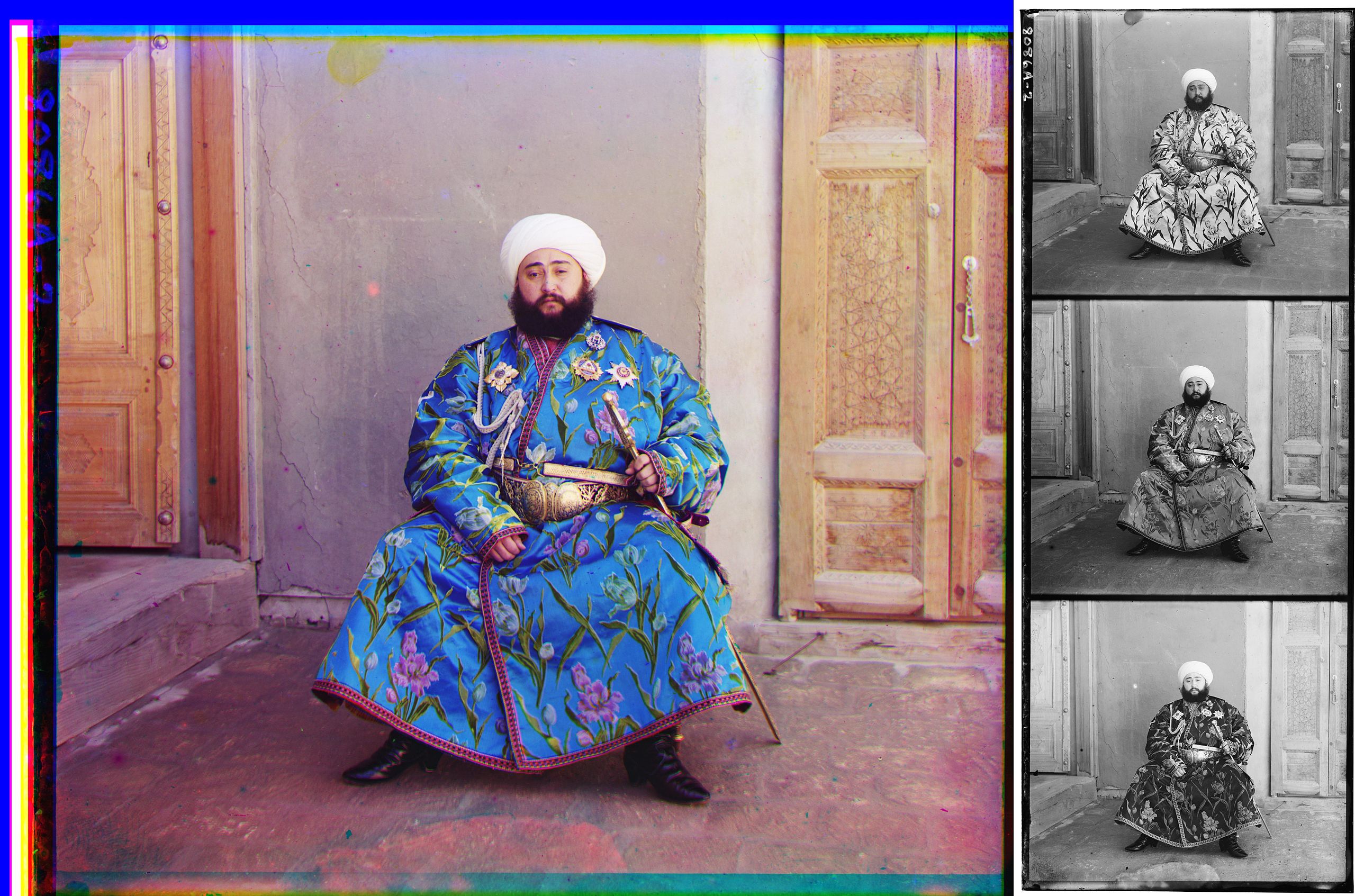
In terms of astronomy, however, if we’re on the hunt for ultra-distant galaxies, we don’t want to simply add that light together and assign a color to it; that might be the right method for human brains, but not for identifying record-breakingly distant galaxies. Instead, we want to look for a certain class of signal from an object that exhibits the following properties.
- In short wavelengths of light, it’s completely invisible, emitting no detectable light at all.
- Then, past some certain wavelength threshold, it not only becomes visible, but consistently bright.
That’s basically it. Although there are certainly more details that one can go into, these two properties, together, are often enough to identify an object as a candidate object for being an ultra-distant galaxy.
The reason why is straightforward. Galaxies are giant collections of stars, gas, dust, plasma, and (typically) a central, supermassive black hole. They emit light across a wide variety of wavelengths, but the strongest light signal generally — that is, for non-active galaxies — comes from stars. The greater your population of young, hot, massive, recently-formed stars, the bluer a galaxy’s light will be. In particular, there’s going to be a large amount of visible and ultraviolet light emitted, with the brightest objects emitting an enormous amount of ultraviolet light. However, from a very distant galaxy, that light is then going to get redshifted, or stretched to longer wavelengths, as it travels through the expanding Universe before reaching our telescope’s eyes.

By the time that light arrives at our telescope, if it’s from a very distant galaxy, there won’t be any ultraviolet light left. In fact, if the galaxy is distant enough, there won’t even be any visible light left at all. Even light that was emitted in the ultraviolet part of the spectrum, assuming the galaxy is distant enough, can have its wavelength stretched by such a great amount that it arrives in infrared wavelengths.
Astronomers have a word for this “stretch factor” that gets imprinted on all forms of light from the expanding Universe: redshift, denoted by the letter z. If you know how atoms work, for example, you’ll know that there are a few important transitions in hydrogen atoms — the most common species of atom in the Universe by far — that always create light of a specific wavelength. For example:
- when a hydrogen atom de-excites from the n=3 level to the n=2 level, it emits a (visible light) photon of precisely 656.3 nanometers, or what astronomers call H-alpha,
- and when a hydrogen atom de-excites from the n=2 level to the (lowest energy) n=1 level, it emits a photon (at ultraviolet wavelengths) of 121.5 nanometers, or what astronomers call Lyman-alpha.
If you want to observe those photons that come to us from a distant galaxy, however, you can’t simply look at those wavelengths and expect to see an emission signal. Instead, you have to account for the expansion of the Universe, and multiply those rest-frame wavelengths by the appropriate stretch factor, a factor of (1 + z), in order to find the most distant objects of all.
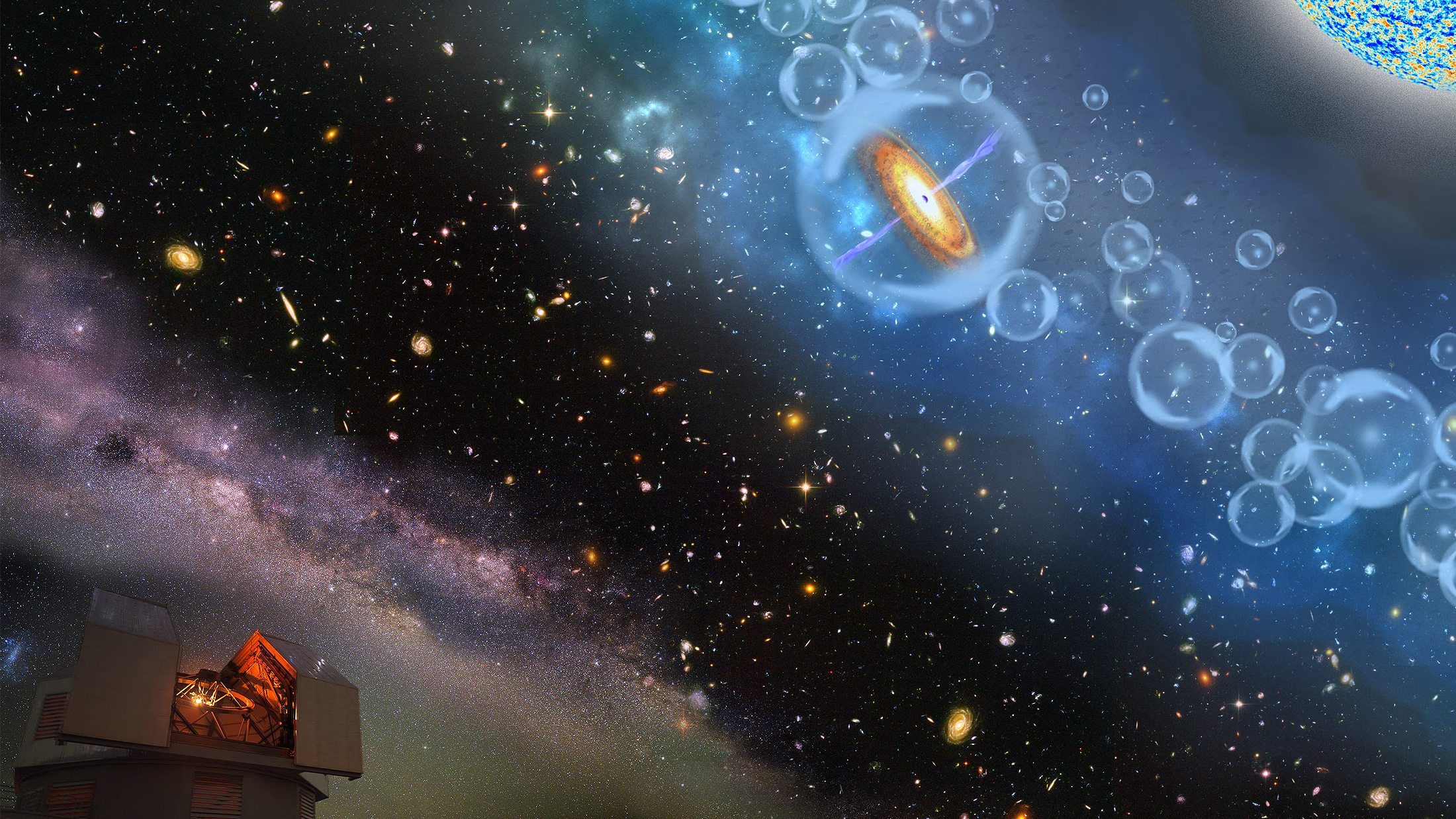
There’s also the fact that although our Universe today is mostly transparent to light, back at early times in cosmic history — during the first billion years and especially during the first few hundred million years — many of the atoms in intergalactic space were still neutral, and capable (and efficient) at blocking and absorbing starlight. Since hydrogen is the most abundant atom in the Universe, and most neutral atoms exist in the ground (n=1) state, that means that if an energetic-enough quantum of light (i.e., a photon) comes along and strikes that neutral atom, the atom can absorb that light and get excited to a higher-energy state.
Therefore, when a distant galaxy emits light, a portion of that light is going to strike the intervening atoms and get absorbed. For objects that we’re viewing from within the first one billion years of cosmic history — corresponding to a redshift of z = 6 or beyond — because there’s so much neutral hydrogen that the light must pass through, those ground-state atoms will absorb that initially-ultraviolet light wherever they encounter it. This creates a number of features:
- the Gunn-Peterson trough in quasars,
- the Lyman-alpha forest for nearby galaxies,
- and, perhaps most spectacularly, the Lyman-break feature for the most distant galaxies of all.
At wavelengths shorter than the redshifted Lyman-alpha feature [i.e., 121.5 nm multiplied by (1 + z)], that Lyman-break ensures that no light gets through, whereas at longer wavelengths, plenty of light comes through.
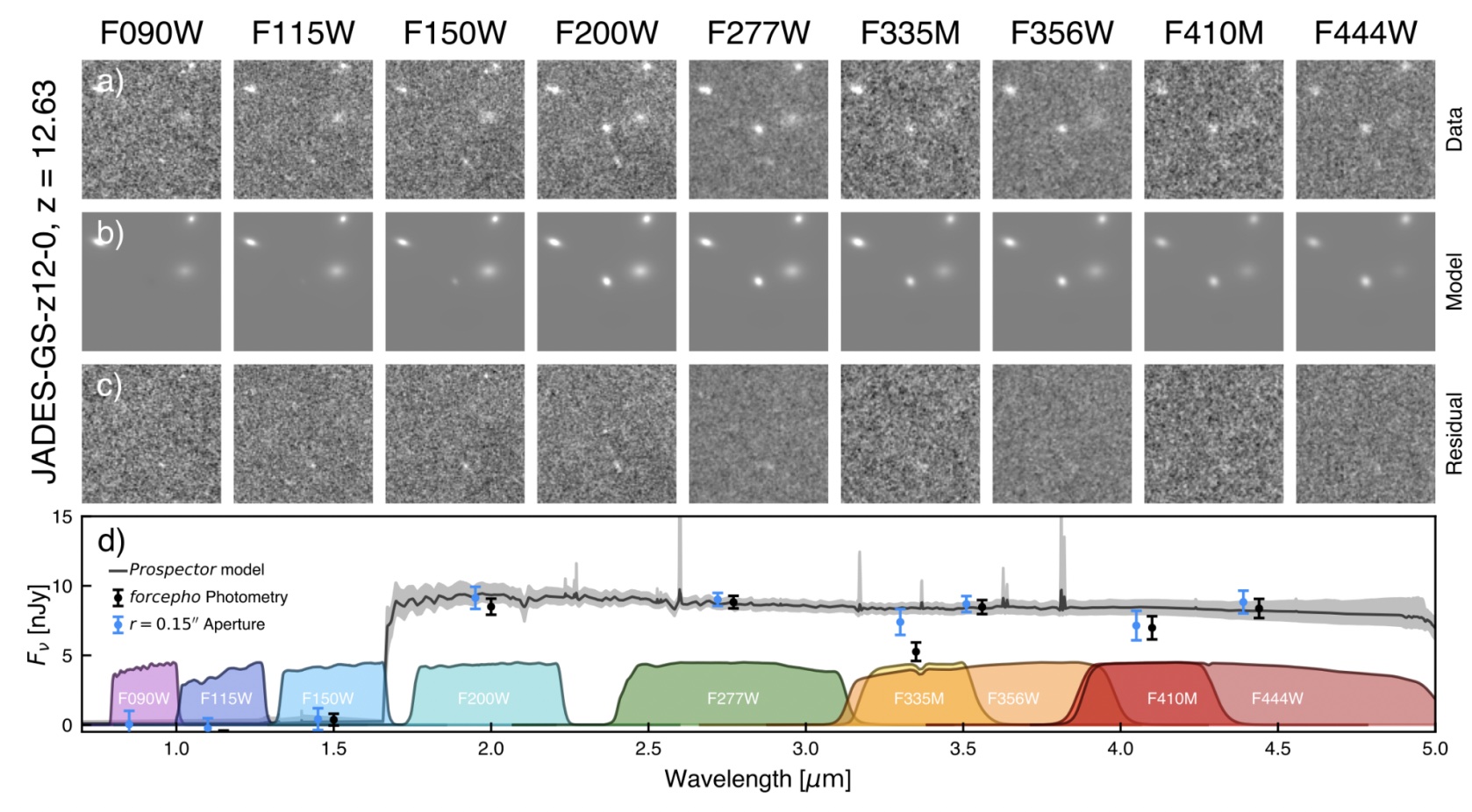
That’s an enormous amount of science that we can conduct using photometry alone, which is why almost every ultra-distant galaxy candidate has been identified with observatories that can reach into the infrared: Hubble, which can go a little bit into the infrared (out to around 2.0 microns), and JWST, which can go much, much deeper into the infrared (up to 28-30 microns at its limit). With many different wavelength filters, we can identify those galaxies that appear to emit no light below a certain wavelength threshold, and then large amounts of it beyond that threshold. Based on the light we see, we can assign what we call a photometric redshift to that object: where, based on the light we observe, how distant we expect that object to truly be.
But that is only sufficient to identify something as a candidate ultra-distant galaxy. In order to be certain that our photometric redshift estimate is accurate — that the object really is at the distance we assign to it — we need spectroscopic confirmation. Spectroscopy involves:
- gathering a large amount of light about one particular object (although it’s possible to do more than one object at once),
- breaking that light up into its individual component wavelengths and recording them all,
- and revealing the imprint of individual atoms, ions, and (sometimes) molecules that are emitting and/or absorbing that object’s light.
Compared to photometry, spectroscopy is expensive: it requires much longer periods of observing time. But unlike with photometry, where there are multiple possible explanations for an object’s distance, spectroscopy can break the ambiguity, showing which sets of lines at which wavelengths, including identifying the presence or absence of the critical Lyman-break feature, correspond to the object in question.
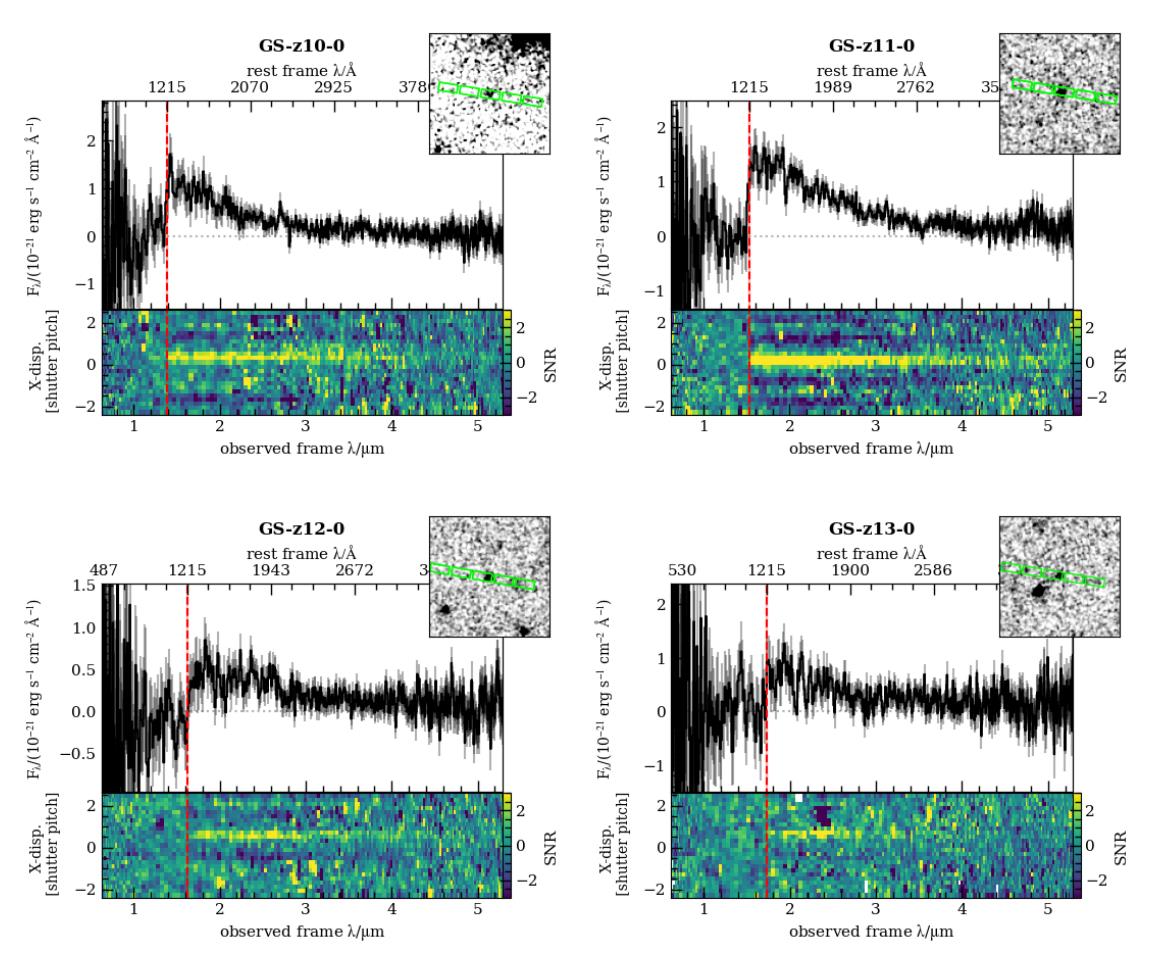
The quest for the most distant galaxy of all has led to some great successes and some great near-misses, and while photometry has been key for identifying all of these galaxies back when they were just candidate galaxies, spectroscopy has been the critical tool in confirming — or, sometimes, refuting — the purported ultra-distant nature of these objects. For example:
GN-z11 had been identified as an object of interest, photometrically, years before spectroscopy was first conducted on it in 2015. Its announcement in 2016 corresponded to the publication of its spectroscopic data, which revealed the key Lyman-break feature. At a redshift of z = 11 (corresponding to a cosmic age of ~420 million years), it was indeed the one-time record-holder.
HD1, announced in 2022 but with photometric data only, had its photometric redshift interpreted to be an impressive z = 13.3, which would have placed it just ~320 million years after the Big Bang. However, that wasn’t the only possible interpretation of the photometric data. For example:
- it could exhibit no short-wavelength light because it’s intrinsically dusty, and that dust blocks the shorter-wavelengths of light,
- it could exhibit large, even amounts of long-wavelength light because it’s hot and exhibits strong emission lines: lines that can “boost” longer wavelengths when they fall into a specific set of photometric filters,
- and only observing emission lines, spectroscopically and with the correct element/line-origin identification, would be able to tell the multiple potential solutions apart.
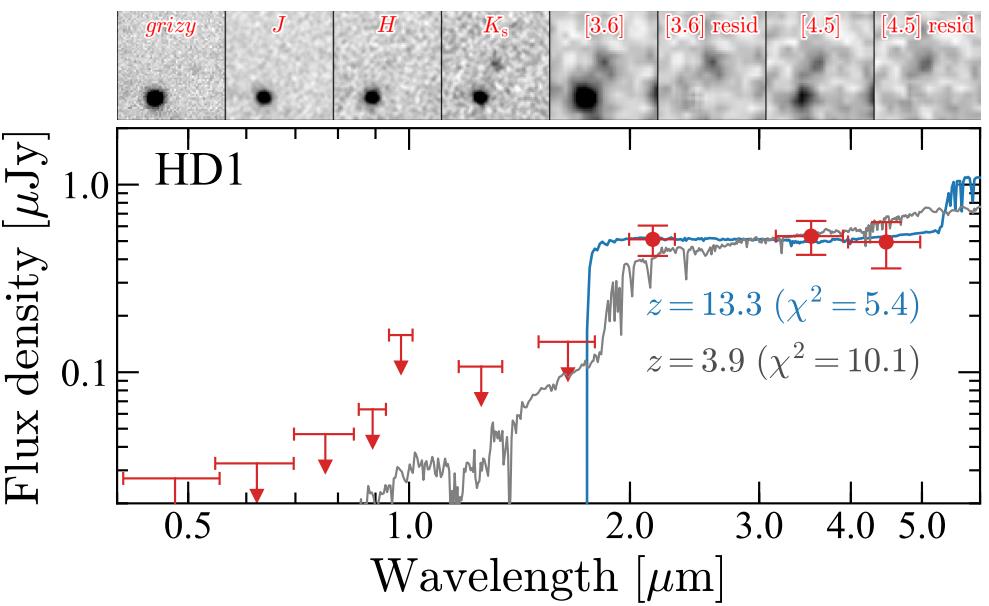
As it turned out, HD1 has now been spectroscopically observed with JWST’s NIRSpec instrument, and it is, in fact, red, dusty, and relatively close by. The spectrum, if you look at it in detail, shows a “spike” at 3.3 microns: a spike that’s a redshifted H-alpha line, corresponding to a redshift of roughly z = 4. This was no high-redshift galaxy after all, and — despite what Wikipedia and Guinness may have said — was never the cosmic record-holder. For the highest-redshift galaxies of all, photometric redshifts still require spectroscopic confirmation before they can be trusted. Many examples of photometric redshifts that shouldn’t be trusted until that confirmation arrives have abounded.
- F200DB-045, currently listed on Wikipedia as the most distant candidate object, could be at a redshift of 20 as one paper indicated, but others prefer a closer (z = 4.4, or even z = 0.70) solution. Without spectroscopy, we cannot know.
- Callum’s galaxy (CEERS-93316), inferred by astronomer Callum Donnan to have a photometric redshift of z = 16.4 in the CEERS data, had its spectrum taken, and was determined to be a red, dusty, closer galaxy (at a modest redshift of z = 4.9) with emission lines boosting its long-wavelength light signal because of hydrogen, sulfur, and oxygen signals.
- CEERS-DSFG-1, which appeared to exhibit no light at wavelengths up to 1.5 microns, also turned out to be a dusty, much closer starburst galaxy.
As of today, there are still at least a dozen known candidate galaxies that could break the current cosmic distance record if the spectroscopic data were available. However, with only photometric redshifts to go off of, none of these should be trusted.
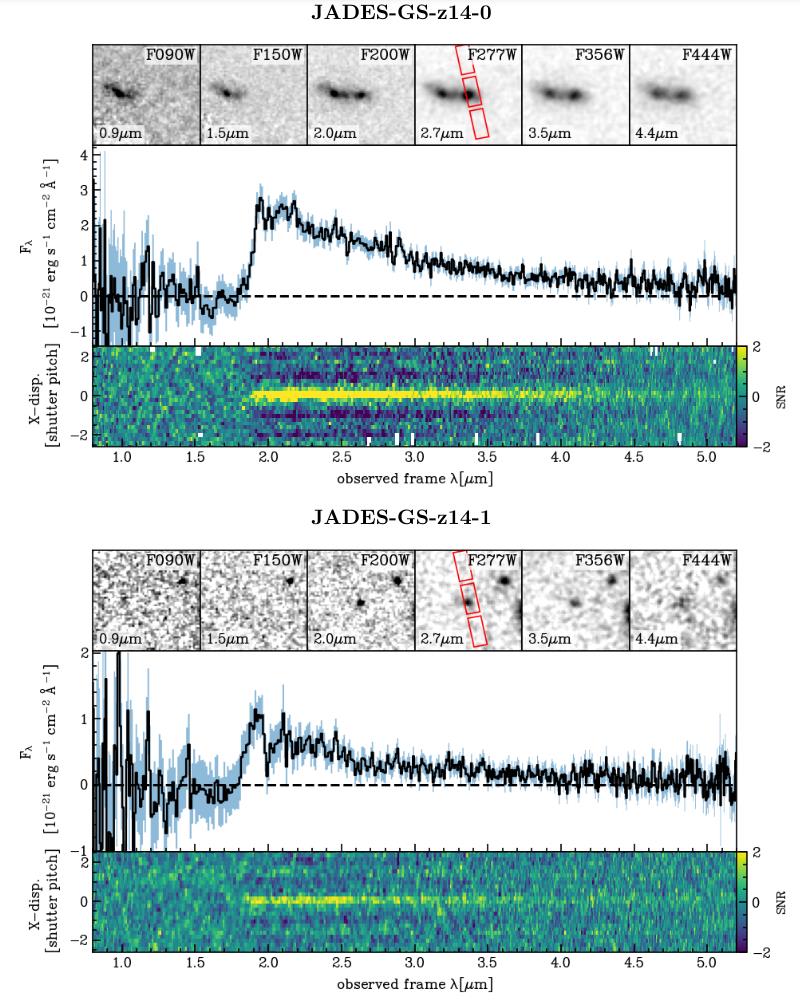
In September of 2024, more than two years into the JWST era, we presently know of ten galaxies, with robust spectroscopic confirmation, that surpass GN-z11 in terms of distance.
- Two of them were found by the CEERS collaboration,
- one was found by the GLASS collaboration,
- two were found by the UNCOVER collaboration,
- one was identified by Hubble but didn’t get spectroscopic data until the JADES collaboration measured it,
- and four were found and measured by the JADES collaboration.
It’s only by chance that the JADES collaboration got there first in 2022, and when they did, the most distant among their identified galaxies was JADES-GS-z13-0: currently the third most distant galaxy known. That first JWST record has only been broken once: when the JADES collaboration announced in 2024 the discovery of JADES-GS-z14-0 and JADES-GS-z14-1, currently the first and second most distant galaxies known.
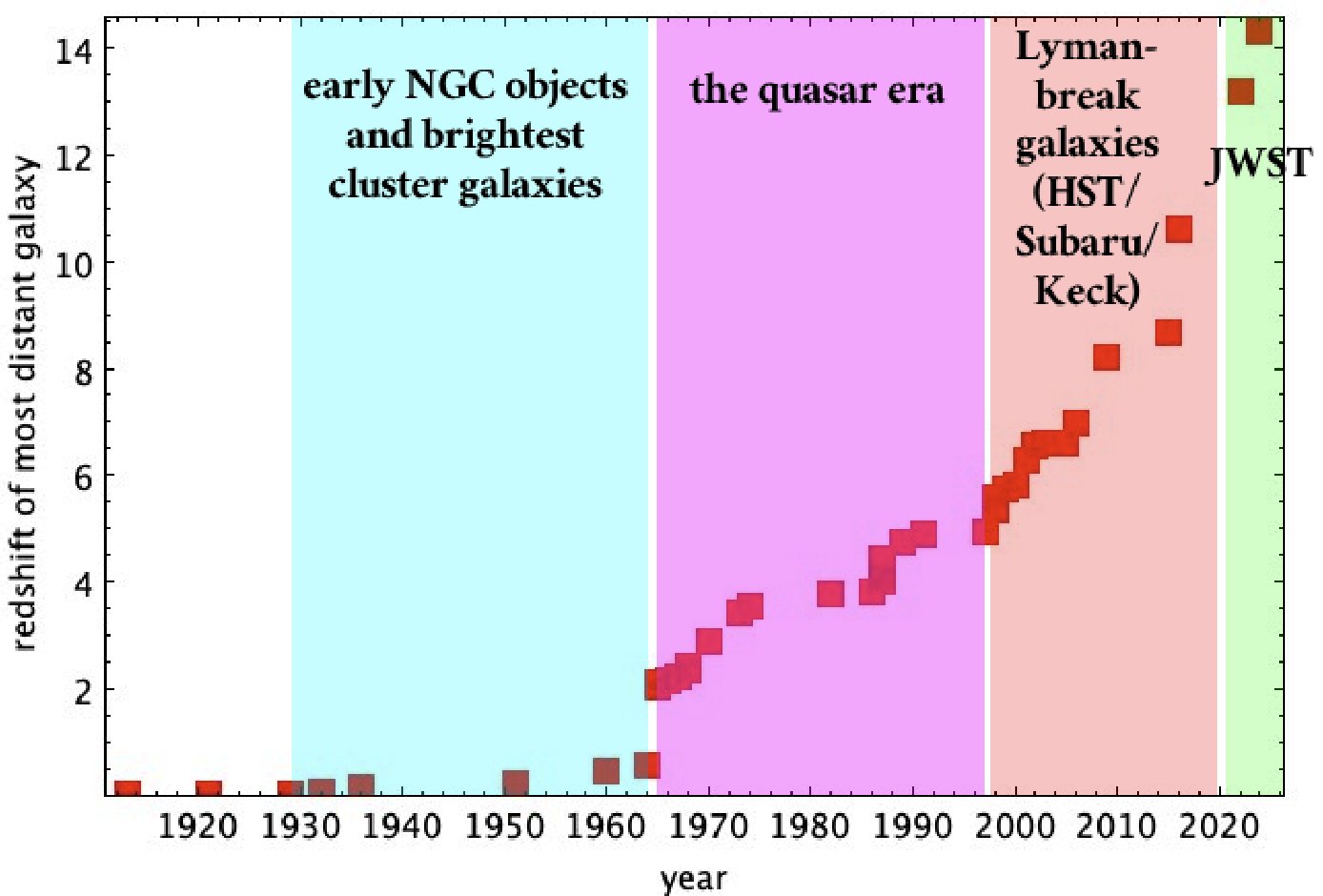
If the order of discovery had been different, the record could have been set up to as many as five or even six times by now; if some dusty, starbursting interlopers had turned out to be true ultra-distant galaxies, perhaps that number would be even greater. It’s also possible that, when longer-period observations are undertaken by JWST, some even fainter, more distant photometric galaxy candidates will be revealed, and that those may yet surpass all current cosmic records. It’s important to remember that we’re only two years into JWST’s lifetime, with about two full decades left to go. With each new galaxy and each new record, we’re gaining data-driven knowledge about aspects of the early Universe that, just two years ago, were solely a matter of theoretical speculation.




